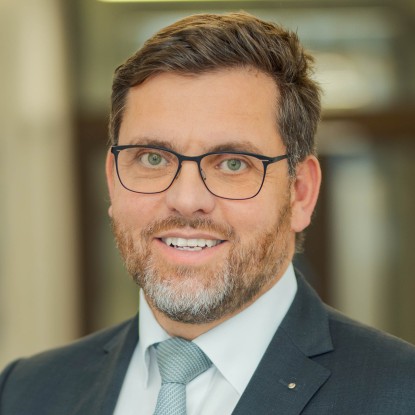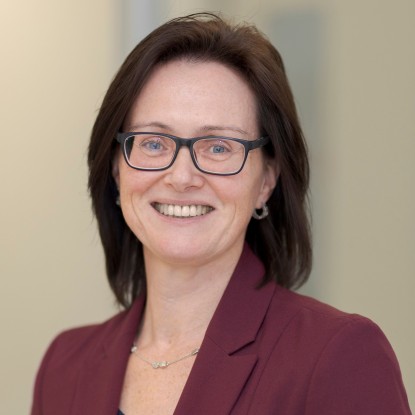This is achieved by the development and application of novel mathematical methods for the robust optimization of geometry, topology and for actuator placement. For an efficient numerical treatment, first- and second-order approximations with respect to the uncertain parameters will be used. Based on finite-element models, optimal excitations and sensor positions will be deter-mined such that model uncertainty during production and usage can be identified reliably.
Work schedule
- Robust topology optimization
By utilizing level-set and phase-field methods, topology changes are made possible when optimally designing load-carrying systems. - Adaptive optimization methods based on reduced-order models
Growing complexity of components and their mathematical models increase the computational cost of robust optimization. Therefore, multilevel techniques will be used that allow early iterations to be computed very efficiently on coarse grids, until adaptive refinements are recommended by error estimators. Furthermore, reduced-order models with a-posteriori error control will be implemented. - Detecting and controlling model uncertainty
In cooperation with subproject A4 a method will be developed to detect model uncertainty after production or during use. Thereto, parameter estimation problems are solved in real time to estimate specific model parameters based on sensor data. If the estimated parameters deviate too much from the parameter range considered during robust optimization, the model has to be assumed erroneous. In order to keep the estimation variance low, methods of optimal experiment design are applied that determine optimal sensor positions as well as optimal excitation positions and signals. - Complex component models, constraints and actuators
We plan on increasing the complexity of the models by:- stress constraints via latest methods for gradient constraints by Moreau-Yosida regularization
- kink constraints for large displacements and nonlinear elasticity via semidefinitness constraints based on penalty/barrier techniques
- integration of a model of the hydro-pneumatic damping system that is developed at the CRC; for that, the elastic wave equation, which is currently used, is coupled with an additional system of differential equations that describes the dynamics of the actuator
Subproject Managers
| Photo | Name |
|---|---|
|
U
| Prof. Dr. Stefan Ulbrich |



